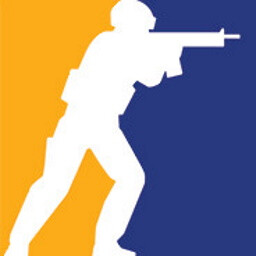Installer Steam
connexion
|
langue
简体中文 (chinois simplifié)
繁體中文 (chinois traditionnel)
日本語 (japonais)
한국어 (coréen)
ไทย (thaï)
Български (bulgare)
Čeština (tchèque)
Dansk (danois)
Deutsch (allemand)
English (anglais)
Español - España (espagnol castillan)
Español - Latinoamérica (espagnol d'Amérique latine)
Ελληνικά (grec)
Italiano (italien)
Bahasa Indonesia (indonésien)
Magyar (hongrois)
Nederlands (néerlandais)
Norsk (norvégien)
Polski (polonais)
Português (portugais du Portugal)
Português - Brasil (portugais du Brésil)
Română (roumain)
Русский (russe)
Suomi (finnois)
Svenska (suédois)
Türkçe (turc)
Tiếng Việt (vietnamien)
Українська (ukrainien)
Signaler un problème de traduction



 Switzerland
Switzerland 















when a bridge is built as a straight line, the force exerted by a vehicle or body on the bridge is equal to the weight (m g) of that object.
when a bridge is constructed in a convex shape, then the objects (vehicles) moving on the bridge go in a circular path. Hence, the equation for balancing forces will be:
M g - M V² / R = N,
V = velocity of the vehicle. R = radius of curvature of the bridge N = normal force exerted by bridge on the vehicle
the force exerted by vehicles (called the load) is less by the centripetal force. thus the stress on the bridge reduces. hence the stability of the bridge is better. also, the bending of the bridge is lessened as compared to the straight line bridges. (696970)